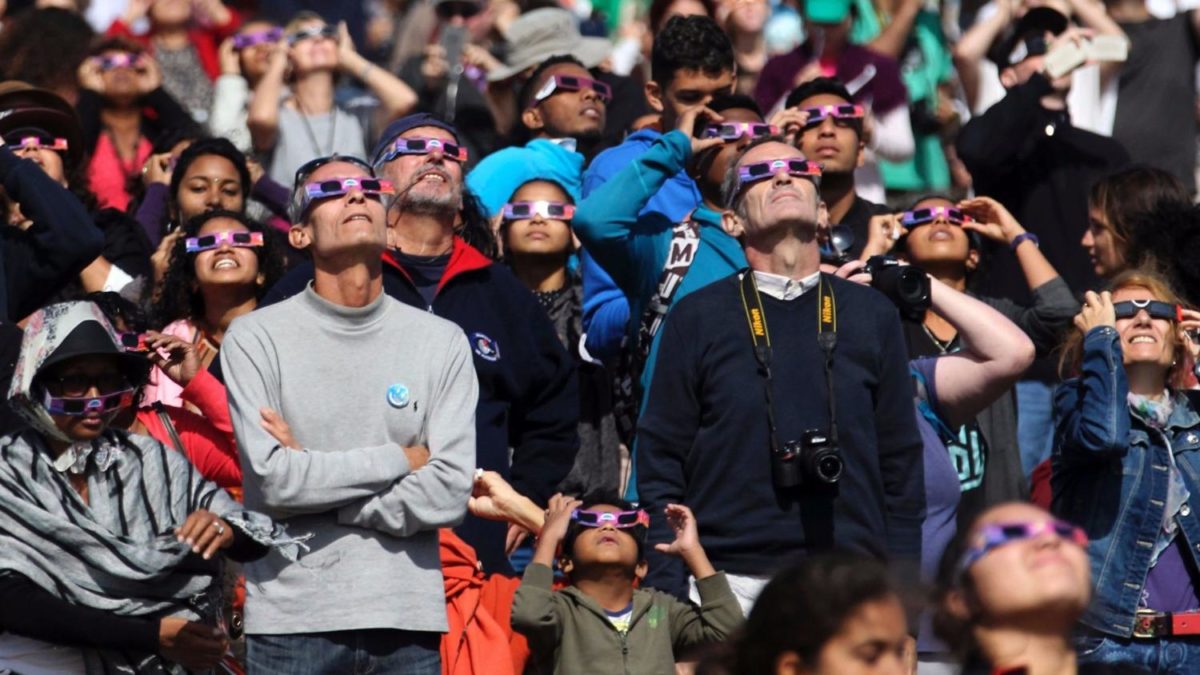Did The Solar Eclipse Live Up To Its Hype?
It is safe to say that on August 21, 2017, almost the entire United States population had heard of and awaited the solar eclipse that had been recognized as the first total solar eclipse visible from coast to coast to cross the U.S. in 99 years. Observers along the 2017 solar eclipse’s path of totality were expected to view an extravagant and one of a kind image of the moon entirely blocking the sun, only displaying the corona (the sun’s outer atmosphere), and leaving them in an array of darkness in the middle of the day as the area inside the moon’s shadow cloaked in twilight. The path of totality stretched 70 miles wide from Oregon to South Carolina passing through several states. As the eclipse made its way moving east to west, observers had different observations of the eclipse according to their location on the path of totality, having the capability of observing the moon cover the sun entirely for a maximum of 2 minutes and 40 seconds. However, for observers outside the path of totality, only a partial eclipse would be visible.
Westchester County is located outside the path of totality and was expected to experience a partial eclipse on this day. Similar to many other locations across the nation, events were held nationwide to gather the community and view the event with solar viewing glasses before, during, and after the eclipse. For example in our own community, the Ossining Public Library hosted community members with solar viewing glasses that allowed viewing the moon cross the face of the sun safe for the eyes of observers. For those on the path of totality, the 2 minute 40 second event would leave locations in partial darkness in the middle of the day. However, was the investment in individuals traveling to the path of totality to view the eclipse and buying special eclipse glasses worth it?
As the event approached, many observers outside of the path of totality were dismayed at the results of the sunlight blockage. Particularly in our area, many were uninformed that they would be experiencing a partial eclipse, and many, simply excited due to the idea of viewing a solar eclipse, had bared no thought to the fact that the eclipse would display little to no shadow on their location, barely being able to view a visible solar eclipse that many had forgotten about it. If you are not a passionate space science enthusiast, you had very little to look at. Yet, it is to say that the locations on the path of totality were as well overhyped. The so-called conditional location for viewing the eclipse brought thousands of tourists to areas along the path. Disregarding what some may say of the overrated historical eclipse, tourists made plan to view the hyped-up sky viewing event, leaving American employers to anticipate a $700 million loss in productivity, according to NBC News. Additionally, eclipse eyewear sold out in many places, that counterfeits began to show up. The publicity attained by this event was extraordinary with its ability to excite a population about an overrated event. However, it is important to note that this nationwide observance brought together groups of people from different backgrounds, displaying our ability to unite as a community.




